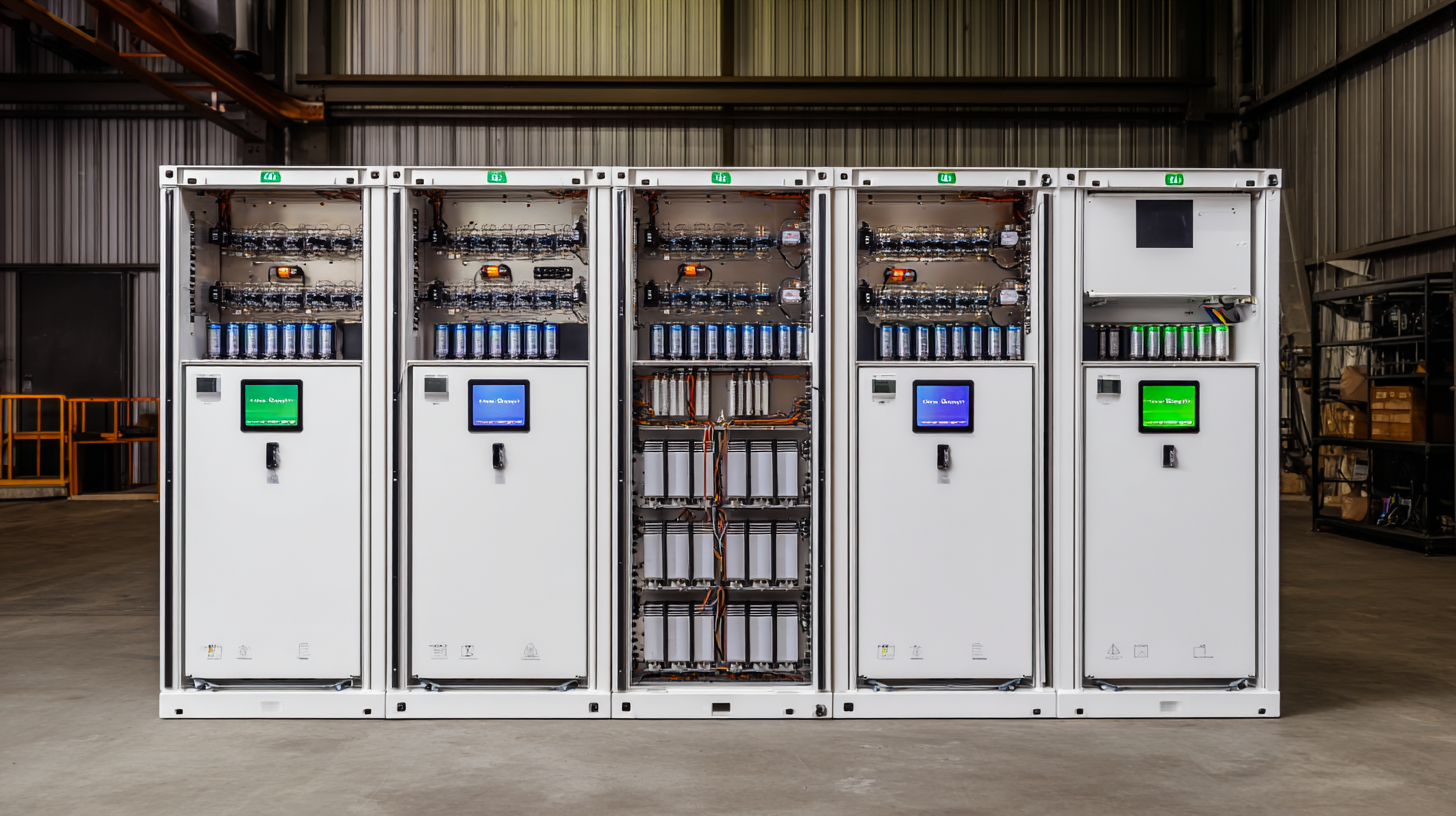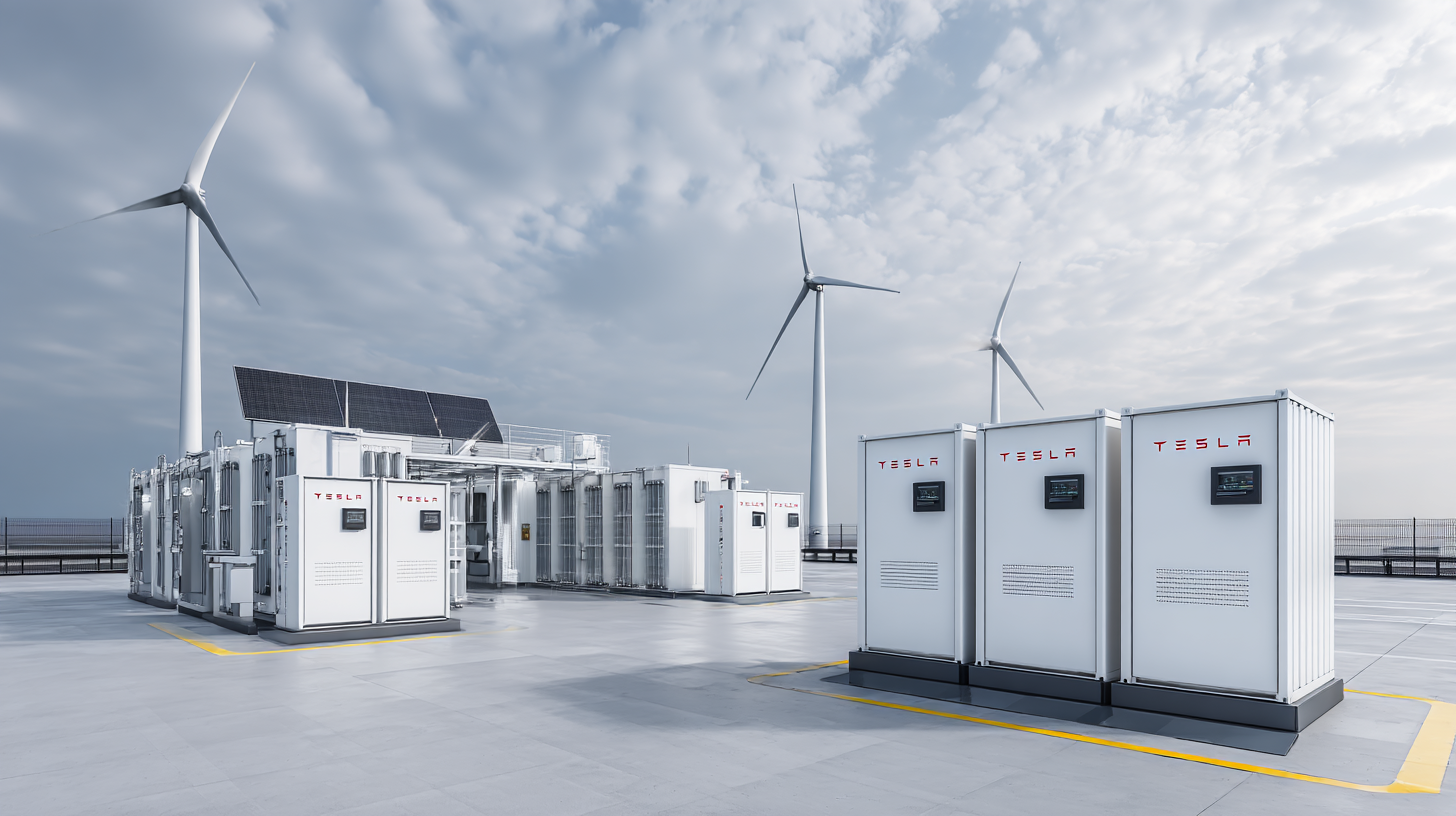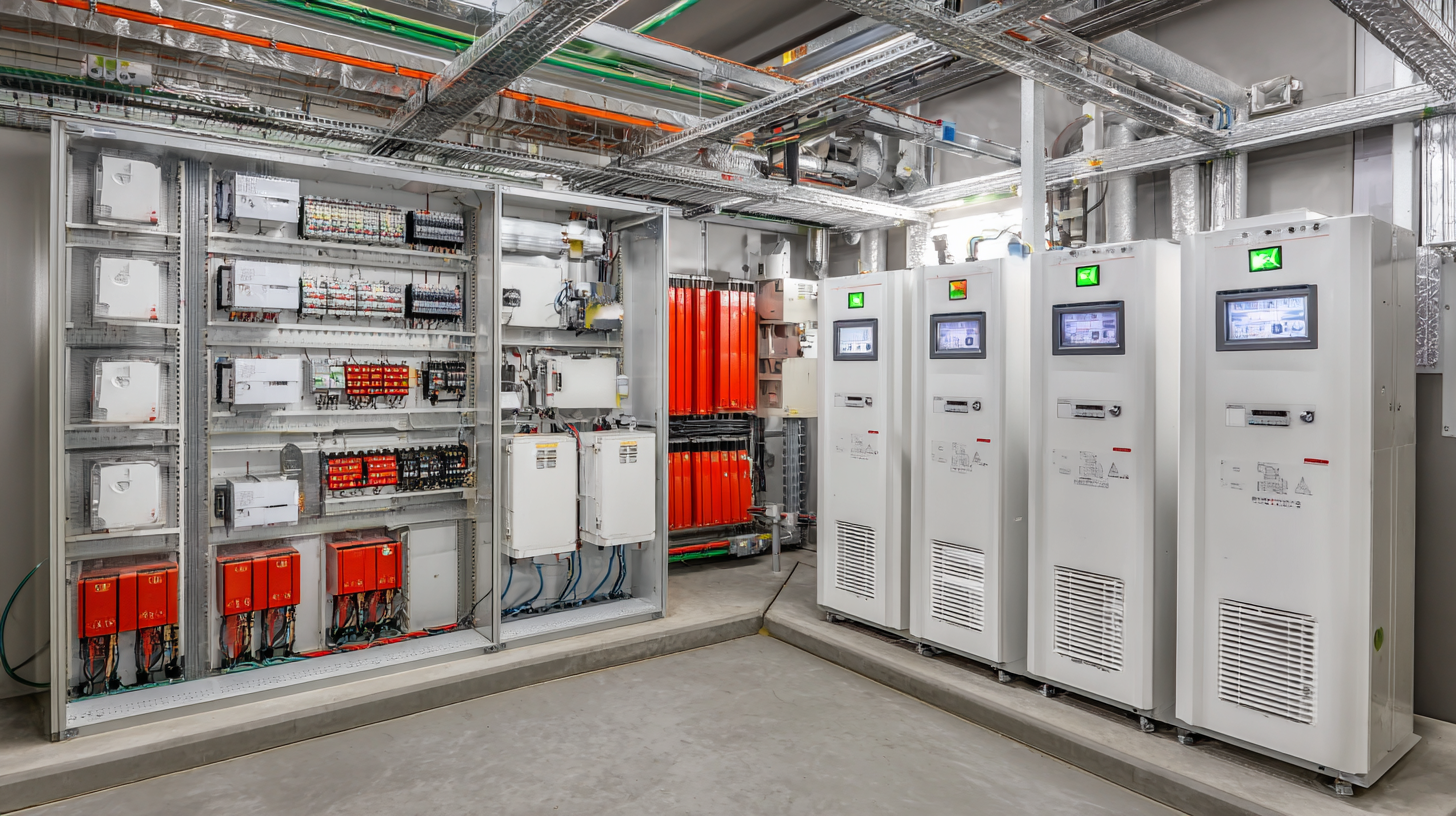The Complete Guide to Choosing the Best Flow Batteries for Your Energy Needs
As the global shift towards renewable energy sources accelerates, the demand for efficient energy storage solutions has never been greater. Flow batteries, with their unique ability to decouple energy generation and storage, are emerging as a key technology in meeting this demand. According to a recent report by Bloomberg New Energy Finance, the flow battery market is expected to grow significantly, driven by advancements in technology and decreasing costs, potentially reaching a valuation of $2.5 billion by 2025. This growth is attributed to the need for reliable energy storage systems that can support grid stability and integrate renewable energy sources effectively. In this guide, we will explore the factors influencing the best choices for flow batteries to suit diverse energy needs, ensuring that businesses and homeowners alike can harness the full potential of this innovative technology.

Understanding Flow Battery Basics and Their Advantages
Flow batteries represent a promising technology for energy storage, offering unique advantages that position them as a viable solution for diverse applications. Unlike traditional batteries, flow batteries utilize two electrolyte solutions stored in external tanks, allowing for scalable energy capacity. This structure not only provides flexibility in energy storage but also enhances the longevity of the battery, as the electrochemical reactions occur in separate chambers, minimizing wear and degradation.
One of the primary benefits of flow batteries is their ability to discharge over extended periods. This characteristic makes them particularly suitable for grid energy management and renewable energy integration. As intermittent renewable sources like solar and wind gain traction, flow batteries can store excess energy and release it when demand peaks. Additionally, their environmentally friendly components often make them a more sustainable choice compared to conventional batteries, as they can be designed to reduce harmful emissions and utilize abundant materials. Overall, understanding the fundamentals of flow batteries and their advantages is essential for making informed decisions about energy storage solutions tailored to specific needs.
The Comparison of Flow Battery Types and Their Energy Densities
Exploring Different Types of Flow Batteries and Their Characteristics
 Flow batteries are gaining traction in the energy storage sector due to their unique characteristics and versatility in various applications. Unlike conventional batteries, flow batteries store energy in liquid electrolytes that circulate through a cell stack. This design allows for scalability and longer discharge durations, making them ideal for renewable energy integration. According to a report by Grand View Research, the global flow battery market is projected to reach USD 7.2 billion by 2025, demonstrating a compound annual growth rate (CAGR) of 26.4%. The increasing demand for energy storage solutions highlights the significance of understanding the different types of flow batteries available.
Flow batteries are gaining traction in the energy storage sector due to their unique characteristics and versatility in various applications. Unlike conventional batteries, flow batteries store energy in liquid electrolytes that circulate through a cell stack. This design allows for scalability and longer discharge durations, making them ideal for renewable energy integration. According to a report by Grand View Research, the global flow battery market is projected to reach USD 7.2 billion by 2025, demonstrating a compound annual growth rate (CAGR) of 26.4%. The increasing demand for energy storage solutions highlights the significance of understanding the different types of flow batteries available.
The two predominant types of flow batteries are vanadium redox flow batteries (VRFBs) and zinc-bromine flow batteries. VRFBs are widely recognized for their long cycle life and efficiency, making them suitable for grid-scale energy storage systems. They offer a cycle life exceeding 10,000 discharges and maintain a round-trip efficiency of about 75-85%. On the other hand, zinc-bromine flow batteries, while still useful, typically present lower energy density but are cost-effective for specific applications. The International Energy Agency (IEA) estimates that by 2040, renewable energy will contribute to 60% of global electricity generation, further emphasizing the need for reliable and efficient energy storage systems like flow batteries to support this transition.
Key Factors to Consider When Choosing Flow Batteries for Your Needs
When selecting the best flow batteries to meet your energy needs, there are several key factors to consider. First and foremost, the chemistry of the flow battery plays a crucial role in its performance and application. Common types, such as vanadium redox and all-vanadium batteries, vary in efficiency, longevity, and cost. Understanding these distinctions will help determine which chemistry aligns best with your energy requirements and budget.
Another vital consideration is the system scalability and integration capabilities. Flow batteries should not only meet your current energy needs but also allow for future expansion as demand grows. Evaluating how easily a flow battery can be integrated into your existing energy infrastructure is essential, particularly for commercial applications. Additionally, the maintenance requirements and lifespan of the battery should be assessed, as these factors influence overall operational efficiency and cost-effectiveness over time. By carefully weighing these considerations, you can make an informed decision that maximizes energy storage potential and aligns with your long-term sustainability goals.
Comparative Analysis of Flow Battery Alternatives and Applications
Flow batteries have emerged as a promising solution for large-scale energy storage, particularly as the demand for renewable energy sources continues to rise. According to a recent industry report by Grand View Research, the global flow battery market is expected to reach $13.24 billion by 2027, growing at a compound annual growth rate (CAGR) of 22.4% from 2020. This rapid growth illustrates the increasing interest in flow batteries not only for grid storage but also for various applications, including renewable integration and peak shaving.
When comparing flow battery alternatives, such as lithium-ion batteries and traditional lead-acid options, one must consider lifespan, efficiency, and environmental impact. For example, flow batteries typically provide more than 10,000 cycles, whereas lithium-ion batteries generally offer about 2,000 to 5,000 cycles, as stated in a report by BloombergNEF. Additionally, the discharge time in flow batteries can be extended to several hours without significantly degrading performance, making them ideal for applications that require long-duration energy storage. With these compelling advantages, flow batteries present a viable alternative for businesses and utilities looking to optimize their energy management strategies.

Future Trends in Flow Battery Technology and Market Potential
As we delve into the future trends in flow battery technology, we must highlight the increasing importance of sustainability and energy storage solutions. Flow batteries are gaining traction due to their ability to provide long-duration energy storage, which is essential for integrating renewable sources like solar and wind into the energy grid. As technology advances, innovations such as increased energy densities and improved efficiency are expected to further establish flow batteries as a competitive option in the energy market.
Tips for choosing the right flow battery include evaluating your energy requirements and understanding the specific use cases of different types of flow batteries. For instance, vanadium redox flow batteries are ideal for long-term storage needs, while organic flow batteries might offer a more environmentally friendly alternative. Always consider the scalability of the system in relation to future energy demands, ensuring that your investment aligns with long-term sustainability goals.
Another trend to watch is the cost reduction associated with flow battery technologies. Ongoing research and development are focused on addressing the high initial costs, which could lead to a significant drop in prices over the next few years. By staying informed about market developments and potential innovations, you can make a more informed choice that aligns with both your current and future energy needs.
The Complete Guide to Choosing the Best Flow Batteries for Your Energy Needs - Future Trends in Flow Battery Technology and Market Potential
| Parameter | Description | Current Trends | Market Potential (2025) |
|---|---|---|---|
| Energy Density | The amount of energy stored per unit volume | Increased focus on higher energy density solutions | $5 Billion |
| Cycle Life | The number of charge/discharge cycles before capacity degrades | Improvements in materials are extending cycle life | $3 Billion |
| Cost per kWh | The expense associated with each kilowatt-hour stored | Decreasing costs due to technological advancements | $4.5 Billion |
| Scalability | The ease of increasing capacity as needed | Modular designs enhancing scalability | $6 Billion |
| Environmental Impact | The ecological footprint of manufacturing and disposal | Shift towards sustainable materials and recycling | $2 Billion |
